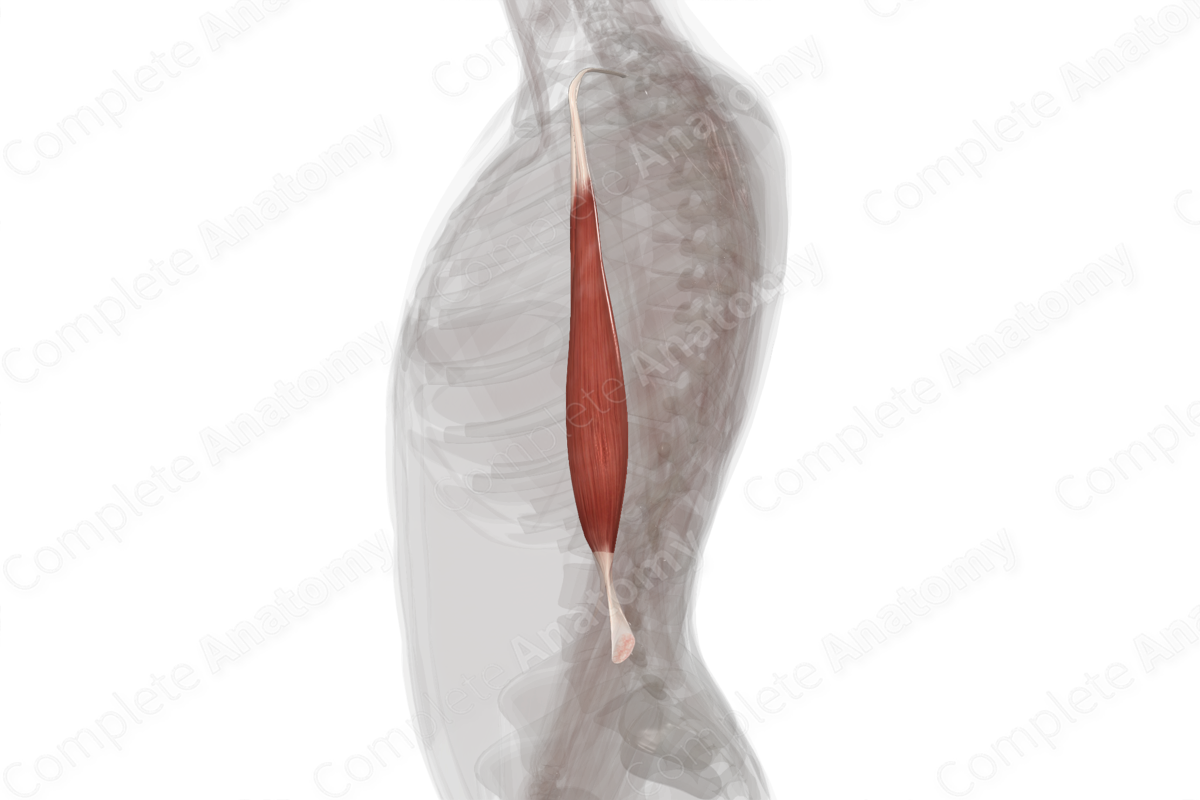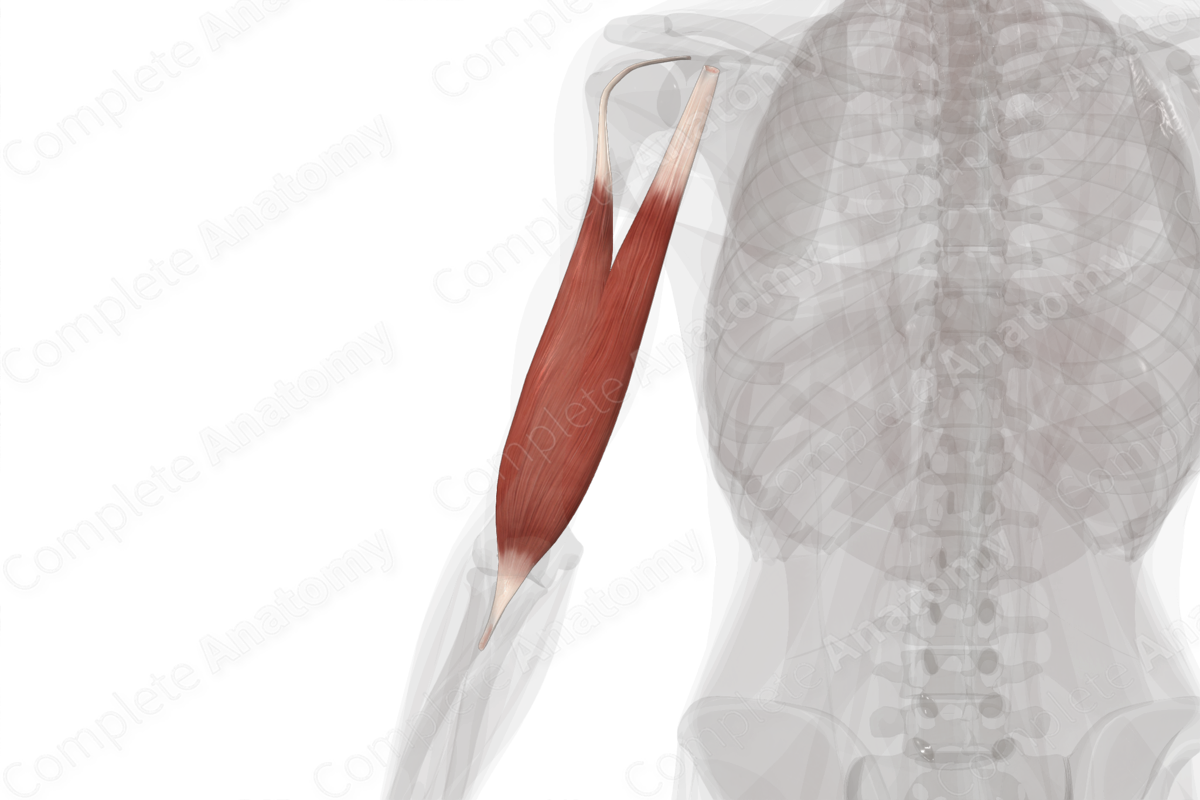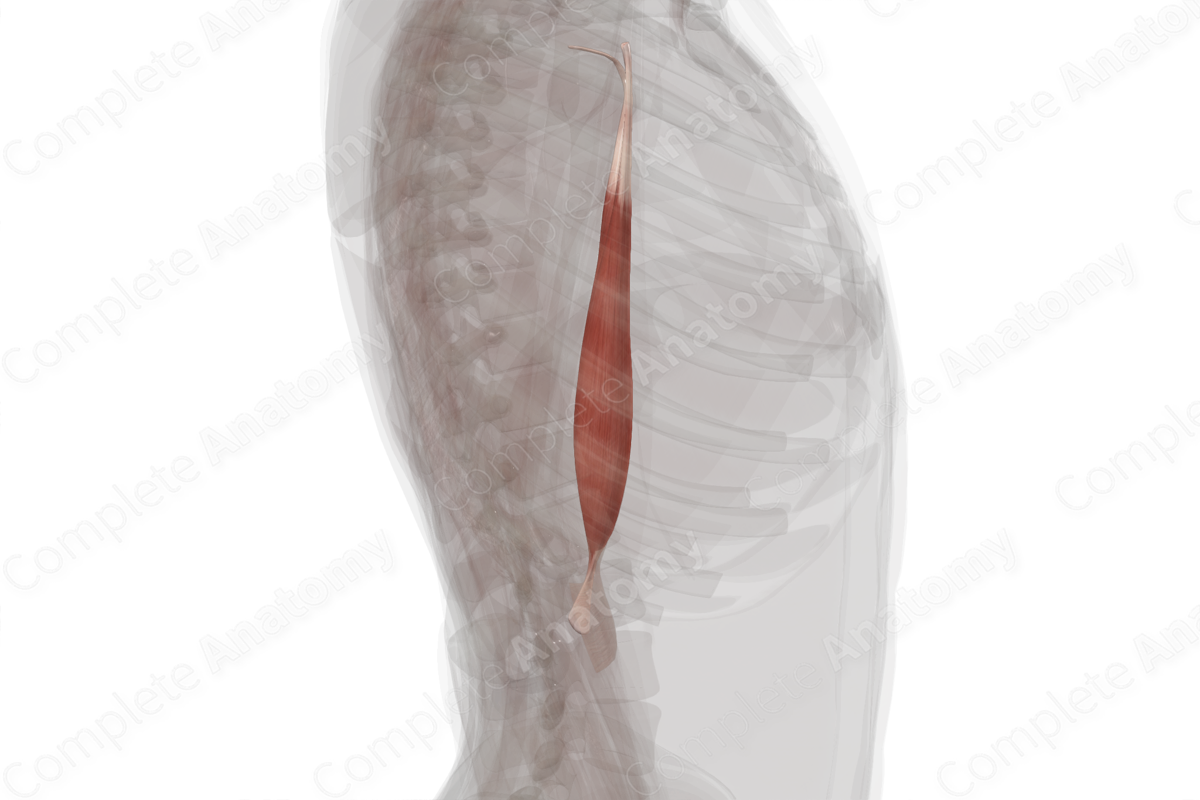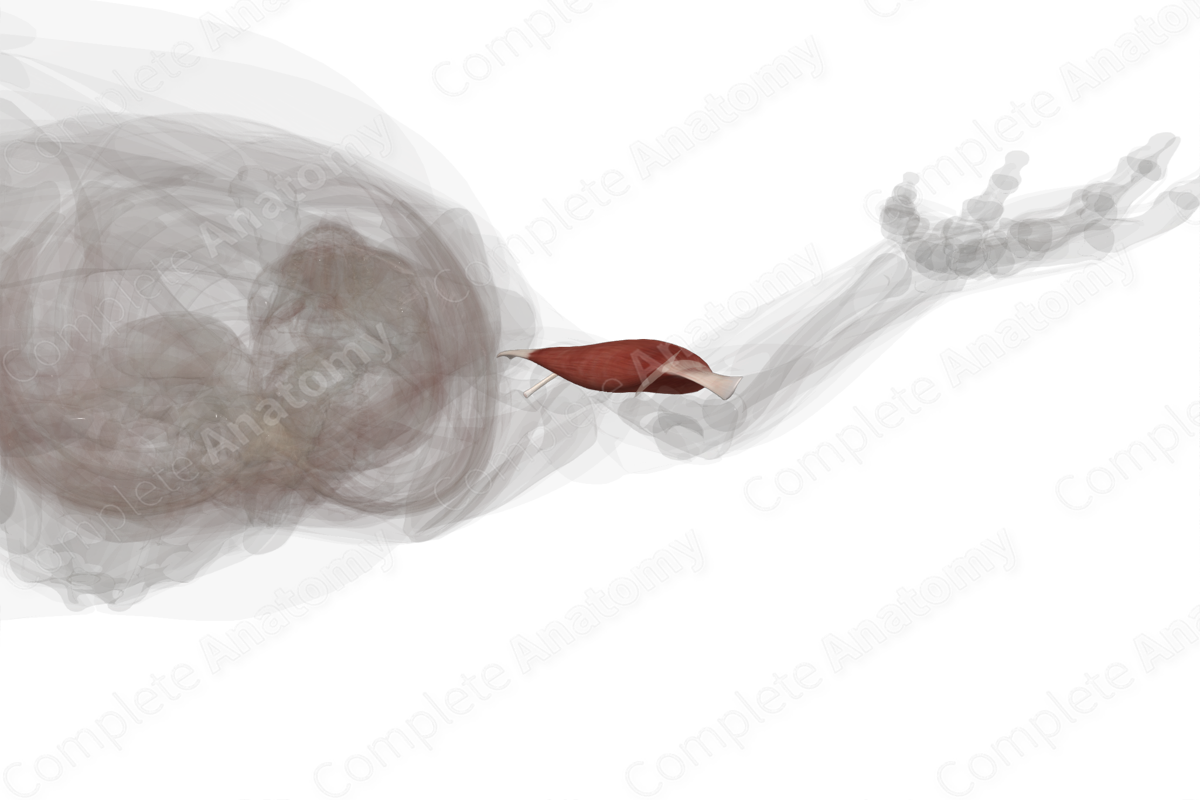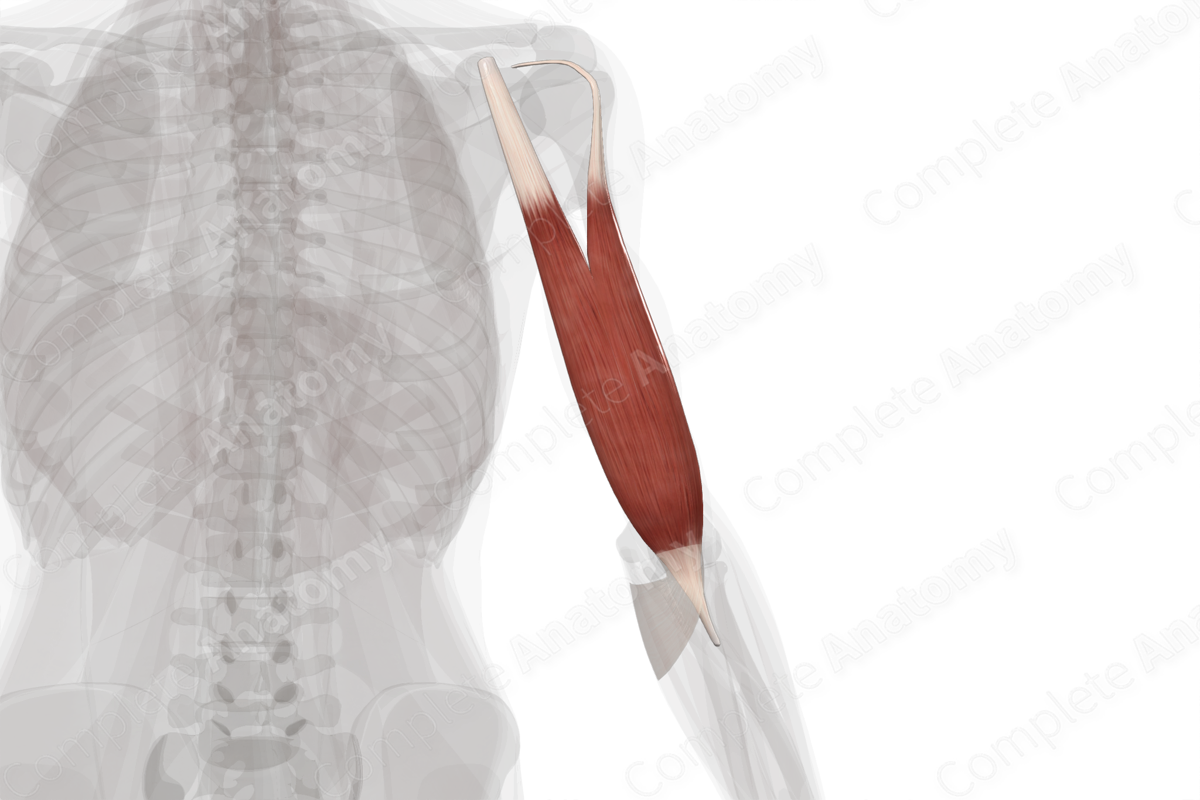
Quick Facts
Origin: Supraglenoid tubercle of scapula and apex of coracoid process of scapula.
Insertion: Radial tuberosity and antebrachial fascia.
Action: Supinates forearm; flexes forearm at elbow joint, most effectively when the forearm is supinated.
Innervation: Musculocutaneous nerve (C5-C6).
Arterial Supply: Brachial and anterior circumflex humeral arteries.
Related parts of the anatomy
Origin
The biceps brachii muscle consists of two heads.
- The long head, which originates, via a long cylindrical tendon, from the supraglenoid tubercle of the scapula. This origin site is located within the capsule of the glenohumeral (shoulder) joint, and its tendon is continuous with the glenoid labrum of the glenohumeral joint.
- The short head, which originates, via a short flat tendon, from the apex of the coracoid process of scapula. This origin site is located anterosuperior to the origin site of the coracobrachialis muscle.
Insertion
The muscle bellies of the long and short heads of biceps brachii travel inferiorly and converge to a single biceps brachii tendon, which inserts onto the radial tuberosity of the radius. This tendon gives off a flat tendinous expansion, known as the bicipital aponeurosis, which travels inferomedially to attach to the antebrachial fascia.
Key Features & Anatomical Relations
The biceps brachii muscle is found in the anterior compartment of the arm. It is a fusiform type of skeletal muscle and is composed of two heads:
- laterally located long head;
- medially located short head.
In some individuals, there is a third head of biceps brachii muscle, which arises from the brachialis muscle and attaches to the medial side of the tendon of biceps brachii and the bicipital aponeurosis.
The biceps brachii muscle is located:
- anterior (superficial) to the brachialis muscle and the musculocutaneous nerve;
- posterior (deep) to the brachial fascia and the pectoralis major muscle;
- medial to the cephalic vein;
- lateral to the coracobrachialis muscle, brachial artery, basilic vein, and the median nerve.
Actions & Testing
The biceps brachii muscle is involved in multiple actions:
- supinates the forearm at the radioulnar joints;
- flexes the forearm at the elbow joint, most strongly when the forearm is in the supinated position;
- assists in flexion of the arm at the glenohumeral (shoulder) joint.
The biceps brachii muscle can be tested by placing the forearm in the supinated position and flexing the forearm at the elbow joint against resistance, during which it can be palpated (Standring, 2016).
List of Clinical Correlates
- Biceps brachii tendinitis
References
Standring, S. (2016) Gray's Anatomy: The Anatomical Basis of Clinical Practice. Gray's Anatomy Series 41st edn.: Elsevier Limited.
Learn more about this topic from other Elsevier products
Biceps Brachii Muscle

It marks the insertion of the biceps brachii muscle, a flexor and weak medial rotator of the forearm, and a large biceps bursa that underlies this muscle.

